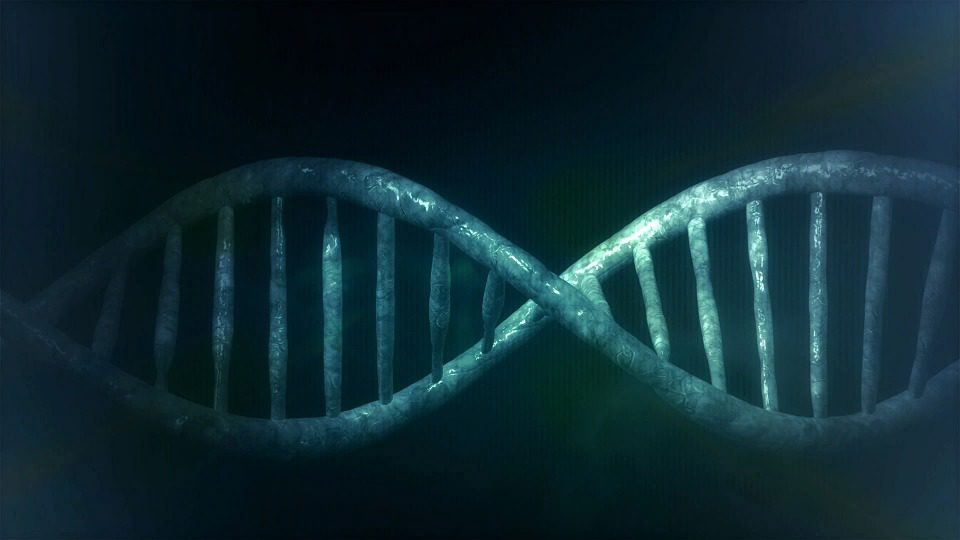A man who perished when Mount Vesuvius erupted in 79 AD has had his DNA sequenced for the very first time by researchers. Per research released in the journal Scientific Reports on Thursday, scientists investigated the bones of two people discovered in a structure called the House of the Craftsman, a residence in Pompeii’s highly populated hub.
Up to 20,000 people lived in Pompeii before the city was completely destroyed by an explosion that could be seen from more than 40 kilometers distant. More than 2,000 individuals lost their lives as a result. Remains were protected from the weather and climate’s harmful effects since they were covered in a 23-foot-deep blanket of ash and rubble following the volcanic eruption. Archaeologists and tourists alike have taken notice, and the area has grown in popularity.
Both persons’ ancient DNA could be obtained by scientists, but only the man’s remains were able to be sequenced in their entirety due to gaps in the sequences retrieved from the lady. Scientists have long struggled to decipher the genetic information retained in the skeletal remains found at Pompeii, despite the fact that it is one of the most researched archeological sites in the world. According to a press release announcing the research, only brief segments of mitochondrial DNA from Pompeii-era human and animal bones have previously been sequenced.
Oxygen is a major factor in the destruction of DNA (the other being water). Rather than being a catalyst, heat acts more like a stimulant. Due to the lack of oxygen, the amount of DNA degradation that may occur is limited. Genome research has shown the genetic variety of the Italian Peninsula’s human population at the time of Pompeii’s destruction over 2,000 years ago.
More than 1,000 ancient people and 471 western Europeans were matched to the DNA found in the man’s skeleton for the study’s findings. He shared DNA with present central Italians and others who resided in Italy throughout the Roman imperial period, which lasted from 27 BC to 476 AD. Men’s mitochondrial DNA, which shows their matrilineal lineage, and Y chromosome study showed gene clusters that are common to Sardinian people but not to other populations that lived in Italy throughout the Roman imperial period.












Leave a Reply